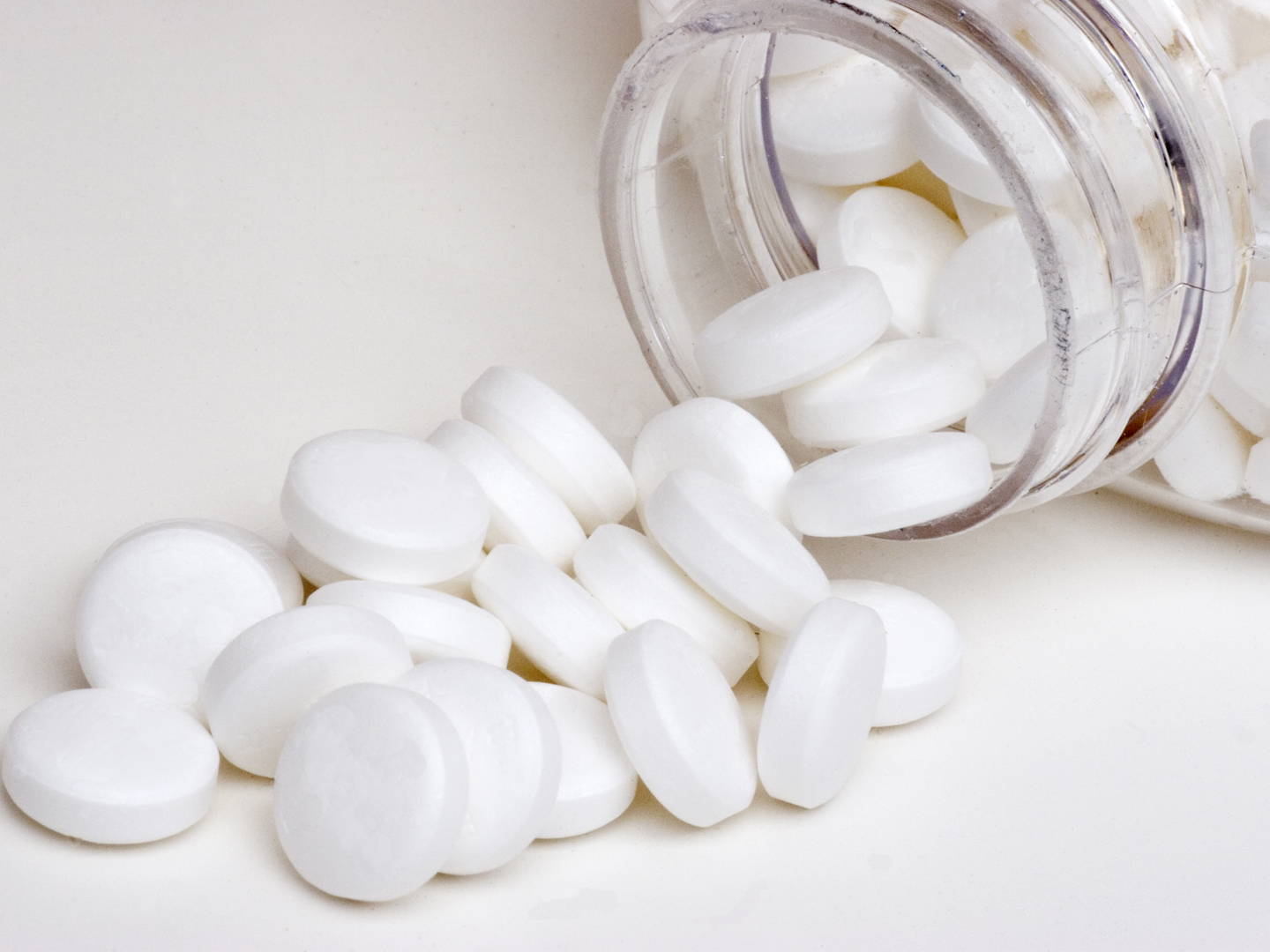Benign Prostatic Hyperplasia (BPH)

What is an enlarged prostate?
Also known as benign prostatic hyperplasia, BPH is a noncancerous enlargement of the prostate gland, which produces the fluid that carries sperm during ejaculation. Although an enlarged prostate does not increase the risk of prostate cancer, it can cause urinary problems.
What are the symptoms of benign prostatic hyperplasia?
BPH causes symptoms in only about one-half of men who have an enlarged prostate. Because of the location of the prostate gland, it can press on the urethra (the tube that carries urine out of the body). Initially, men may notice problems starting urination, and when other symptoms occur, they typically involve problems with the urinary tract and bladder, such as:
- Sudden urge to urinate
- Getting up to urinate more frequently during the night
- Weak urine stream
- Dribbling after urination
- Incontinence
Men with BPH or enlarged prostates are often unable to completely empty their bladders, allowing urine to stagnate. This increases risks of urinary tract infections and bladder stones. If the obstruction is persistent, pressure can build in the urinary tract and damage the kidneys.
Some over-the-counter drugs, including antihistamines, can affect urine flow and bladder function, and cause a temporary blockage in men with BPH.
What are the causes of an enlarged prostate and BPH?
BPH occurs when prostate cells grow in number, resulting in an enlarged prostate gland that can cause symptoms of urinary obstruction. Although the exact cause of benign prostatic hyperplasia isn’t clear, researchers believe it may be due to the fluctuations in sex hormones, especially testosterone, that occur normally with age.
Who is likely to develop an enlarged prostate?
BPH is extremely common and most men will experience an enlarged prostate, especially after age 50. Factors that appear to increase the risk of BPH include:
- Age: up to half of men over age 60 have some degree of BPH; up 90 percent of men in their 70s and 80s have it
- A family history of BPH
How is benign prostatic hyperplasia diagnosed?
Doctors usually diagnose benign prostatic hyperplasia by reviewing a patient’s medical and family history, asking about symptoms, and conducting a physical exam. Tests used to determine a diagnosis of BPH may include:
- Digital rectal exam (helps doctors determine the size, texture, and shape of prostate and helps rule out prostate cancer).
- Transrectal ultrasound (uses imaging to rule out prostate cancer).
- Urine tests (to rule out urinary infection).
- Prostate-specific antigen test (a test that measures blood levels of PSA, but is unreliable as a definitive screening test). A positive reading indicates the presence of benign conditions such as BPH, while high test results may suggest the presence of prostate cancer.>
What is the conventional treatment for BPH?
Men who don’t experience symptoms of BPH don’t necessarily require treatment. When physicians are formulating treatments for BPH, they typically take the following approaches.
- Lifestyle changes. Men with mild symptoms of BPH may be able to manage them with lifestyle measures, such as urinating when they get the urge, avoiding alcohol and caffeine, avoiding all liquids within two hours of bedtime, eliminating the use of drugs (both prescription and over the counter) which can aggravate symptoms of urinary obstruction, and exercising regularly.
- Medication. Drugs like finasteride (Proscar) lower hormone levels, shrinking the prostate and increasing urine flow, but can have side effects such as a reduced sex drive and impotence. Certain high blood pressure drugs called alpha-1 blockers may also be prescribed to help improve urine flow.
- Surgery. For severe symptoms, conventional doctors may recommend surgery to relieve benign prostatic hyperplasia. The most common surgical procedure is transurethral resection of the prostate (TURP), a minimally invasive treatment that removes part of the prostate. Several newer techniques involving lasers have emerged in the last 10 years; these appear promising, as they limit bleeding and shorten recovery time. In extreme cases, a prostatectomy (removal of the prostate) may be recommended.
What therapies does Dr. Weil recommend for an enlarged prostate and BPH?
In addition to the lifestyle measures above, Dr. Weil suggests the following nutritional changes and supplements to help address the symptoms of benign prostatic hyperplasia. Keep in mind that it may take at least eight weeks of using supplements before you see improvement of symptoms
- Avoid saturated fats and trans-fats, focusing instead on the healthier monounsaturated and omega-3 fats.
- Eat more soy. Asian men have a lower risk of BPH and some researchers believe it is related to their intake of whole soy foods
- Try saw palmetto (Serenoa repens). There is clinical evidence that saw palmetto can help shrink the size of the prostate, and it may help promote healthy prostate function. A typical dose is 160 mg of an extract (standardized to 90% fatty acids and sterols) twice a day. Men should inform their healthcare practitioner if they use this product.
- Other herbs and nutrients. Pygeum (Pyguem africanum) and stinging nettle root (Urtica dioica) may be helpful in addressing the symptoms of BPH. Green tea extract, selenium and lycopene have also been shown to help maintain and promote normal prostate function.











